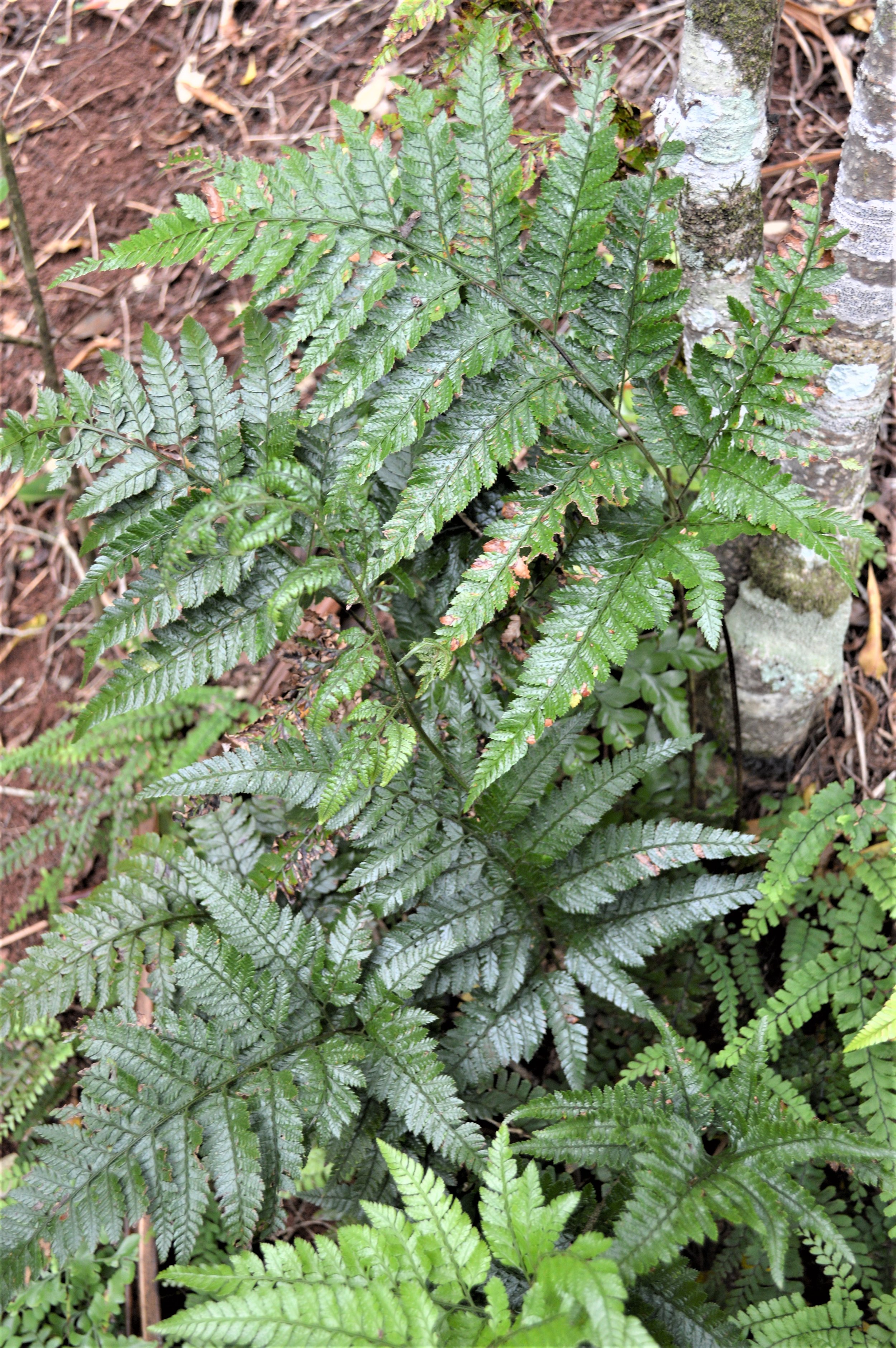hunt for the rare fern
Scientists on the lookout for a rare fern species
Words Jane Johnston
Main Image Jane Johnston
For botanist and ecologist Dr Kevin Mills, his life’s work is focused on a local marvel that the Coal Coast is famed for. One with a vast array of spectacular sizes, shapes and greens… Yes, our ferns.
Ferns are a significant component of many ecosystems in the wetter parts of eastern Australia and are of critical importance in the functioning of these ecosystems. They are also some of the most beautiful plants, enjoyed by many people.
“In the Illawarra and Shoalhaven, we’re lucky to have the most diverse fern flora in south-eastern Australia. On a day's bushwalk in the region, it is possible to record about 25 percent of the state's fern species,” says Dr Mills.
For exploring, Dr Mills considers the Minnamurra Rainforest in the Budderoo National Park as a great favourite. “In the 400-hectare catchment above the Minnamurra Visitor Centre, is the most diverse rainforest in south-eastern Australia,” he says.
“A significant part of that diversity is the fern flora. The fern species number 96, which is about 51 percent of the state total.”
But such diversity must not be taken for granted. Ferns are increasingly at risk from factors due to human impact – climate change, competition with weeds, and land clearing. And while many of the region’s fern species are widespread, some are rare and would benefit from some ‘citizen science’ help.
One is the Oval Wedge Fern, Lindsaeacaea trichomanoides – a small fern of up to around 20 cm tall that is rare across Australia. In the Illawarra, this fern is most often found in out of the way places, on the upper escarpment slopes and in plateau gullies.
Or keep your eyes open for the Prickly Shield Fern, Arachniodes aristate. It has been recorded only twice in southern NSW. The last collection was at Austinmer in 1933, so perhaps this fern still exists in the region, perhaps in Wollongong’s northern suburbs.
With a little detective work, local residents can support the ongoing existence of the region’s rare species. If you see either of these species – or any others with a rare status in the book – Dr Mills will be happy to hear from you.
Dr Mills can then study the plant and contribute a specimen of it to an Australian herbarium. The NSW South Coast’s regional herbarium – the Janet Cosh Herbarium at The University of Wollongong – is a possible herbarium, among a network of Australian herbaria that share a database of information on the specimens that they hold.
A specimen added to any of them supports the ongoing existence of the species and, thereby, the diversity of our flora. The knowledge that botanists gain from herbarium collections produces various benefits including an increased capacity to plan for successful revegetation projects.
“Without plants, nothing else could survive on earth. To people, plants provide food, building materials, medicines and inspiration. Also, they help in the formation of soil, water retention and erosion control and regulate climate, both globally and locally. But plant species also have a right to exist, irrespective of any value we may place on them,” says Dr Mills.
Although integral for research, it is important to note that collecting native flora (or fauna) is governed by law. Citizen scientists should know the legalities before collecting plants, in part or whole. Only a close description of the whereabouts of the plant is wanted, with photographs.
So, go outdoors and enjoy this marvel on your doorstep and, with good spotting, help some rare beauties!
For more information and details of each fern species, read ‘South Coast Ferns: A Complete Guide to the Ferns and Fern Allies of the NSW South Coast’ by Dr Kevin Mills.
Available at envirobook.com.au, selected bookstores, and the Minnamurra Rainforest Centre.
To notify Dr Mills of the location of rare ferns, email kevinmillskma@gmail.com



